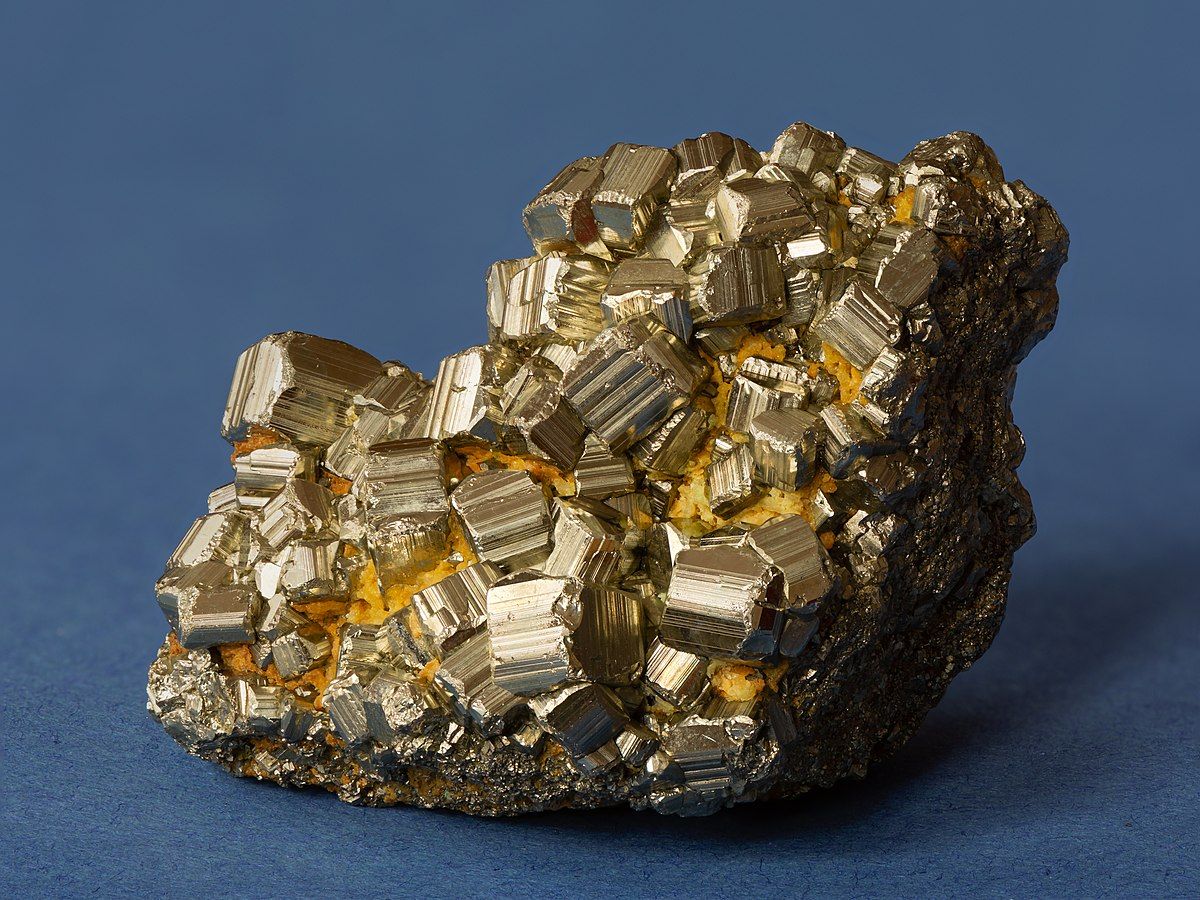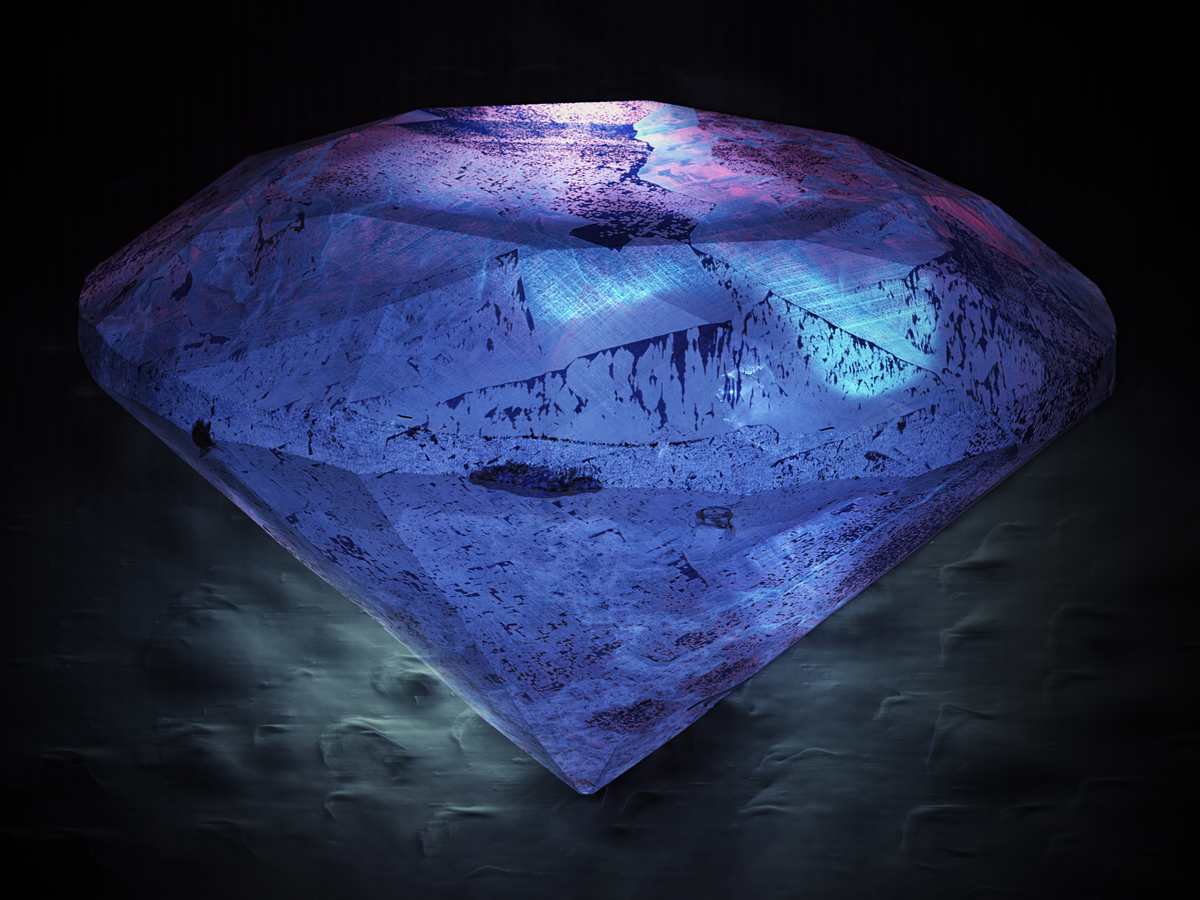Follow us on Google News (click on ☆)
It all begins with how light interacts with matter. When a beam of light hits a stone, several things can happen: some of it is absorbed, some passes through the material, and some is reflected back to our eyes. A stone's shine, therefore, depends on its internal structure, chemical composition, and surface.
Gemstones like diamonds owe their exceptional sparkle to their high refractive index. This index measures how much light is bent when entering the material. The higher it is, the more light bounces inside before exiting, creating intense flashes. If the stone is precisely cut, each facet acts like a tiny mirror that redirects light toward the observer.
Some stones shine due to metallic reflection, like pyrite or hematite. In these minerals, electrons move freely, allowing light to reflect almost like a mirror. Others, like opals, don't just shine—they display a play of colors. This phenomenon, called iridescence, is caused by tiny internal structures that diffract light like a prism.
Purity and transparency also influence brilliance. A stone without impurities lets light pass through more easily, allowing internal reflections to multiply. Conversely, inclusions or cracks can scatter light diffusely, creating a softer glow.
Finally, maintenance plays a role: a polished or cleaned stone reflects far more light than one dulled by dust or oxidation. This is why jewelers spend so much time cutting and polishing each gem—the final beauty depends as much on the mineral's nature as on human craftsmanship.

